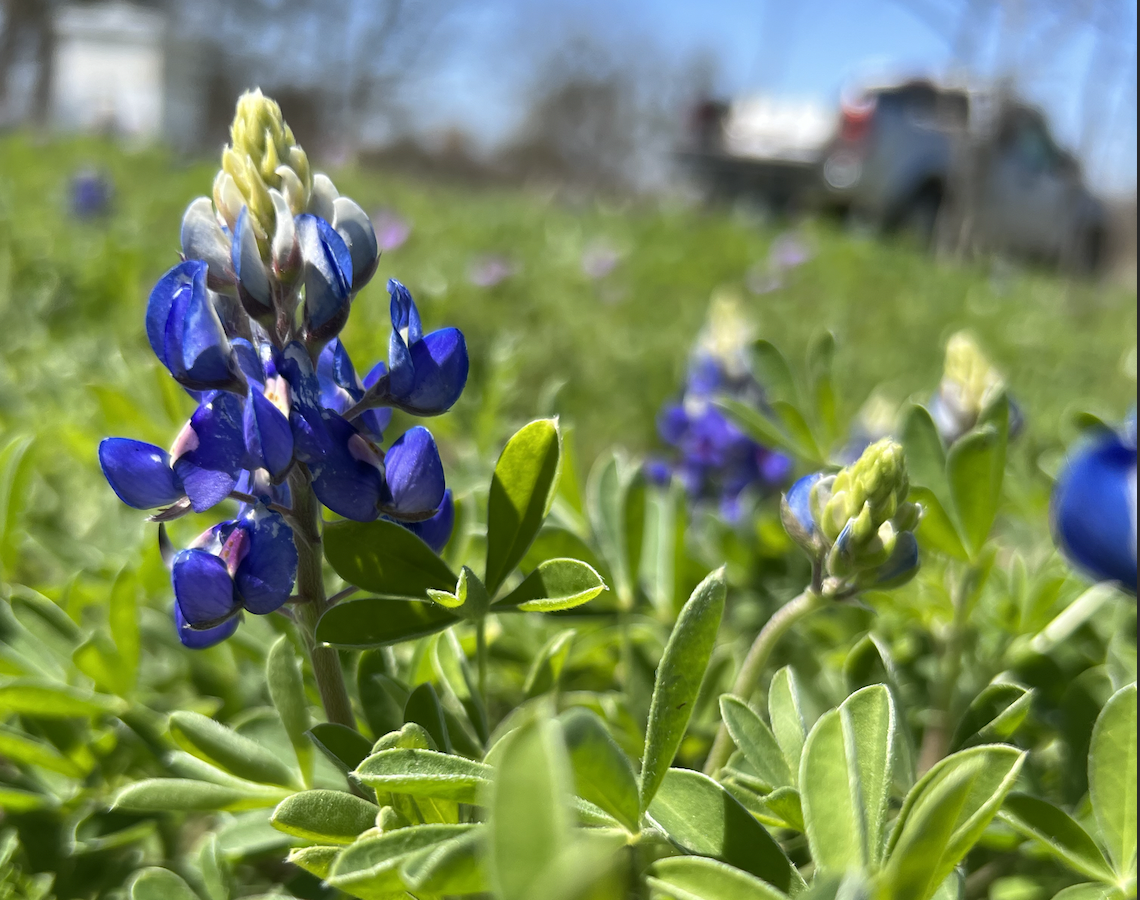Spring Awakening: February 2023 Honey Bee Forecast

Spring is back, baby! (Well, at least here in Central Texas. I realize those of you up north are still months away from true spring.) WIth warmer sustained temperatures and lots of pollen producing plants blooming, this means that the Two Hives beekeeping team is starting to inspect our colonies once again! I was in about 50 hives this week, and thought I would share with you what I’m seeing, and my predictions, based on these observations, for the upcoming season. ( It’s worth noting the hives I inspected were in the Austin city limits: mostly south and on the East side. This is important because generally hives East of Austin tend to be a little bit ahead, and those West of Austin tend to be a little bit behind in terms of resource availability. Use this as a guideline for what you may be seeing in your hives.)
For my wannabe or new beeks: much of this may be a bit beyond your current understanding. You’ll get there! If, after reading, you feel you need more help, check out our Spring Apprenticeship class starting this Saturday or our other classes/consults options.
- More brood than I expected: Seeing 5+ frames of brood isn’t totally unusual this time of year, though I was a little surprised given the recent ice storm and temps at or below freezing we recently endured.
- Pollen bound: Most hives that survived the winter were jam packed with pollen, with tons more coming in on pollen baskets. This, of course, is the reason I’m seeing so much more brood than I expected. I thought the ice storm might have set the pollen producing plants back a bit, but it’s clear the storm had no real negative impact. I suspect the ice storm hit just at the right time and the ice actually protected the new buds from the cold temperatures.
- Capped Drones: I only saw one adult drone bee, but I did see capped drones (drone pupae) in many of the stronger hives. This means in two weeks or less these areas will have emerging adult drones, ready to mate with virgin queens from swarming colonies. Just another sign that these colonies are gearing up for swarming season.
- More food stores than I expected: I always stress to my apprentices that THIS is the time of year that bees starve. Not December. As colonies brood up, those food stores just don’t last long. However, I saw that several apiaries in Austin have been on mini-nectar flows in the last few weeks. Some even started capping a bit of honey. This is unusual for Central Texas: we do see nectar starting to dribble in early Spring, but not usually enough for bees to begin to store it as honey. I was preparing to possibly feed bees but didn’t have to feed a single colony.
- Not swarming behavior….yet: I was prepared with nuc boxes in case I needed to start making splits to prevent swarming. I saw one apiary with enough congestion in the brood nest that I did make one split. For now I just shared brood from stronger colonies to weaker colonies.
So what’s this mean for our approach to hive management of these colonies the next few weeks?
- We will be prepared to make splits: Though most of the colonies weren’t so congested that I felt I needed to take action on this inspection, in two to three weeks I expect we will be making a lot of splits.
- Hopefully, no feeding: Though some colonies were lighter than others, and I will be prepared with sugar water just in case, many of these colonies still had 30+ pounds of honey. This should easily last them through the next month. But again, food stores can disappear quickly on a growing colony, so we will be prepared either way. A side note: philosophies on feeding bees vary. My philosophy is to only feed if starvation or the health of the colony is at risk. I do not personally feed to get bees to “brood up.”
- Swarm traps: You better believe swarm traps are going up in all of our yards. If we are unable to prevent a colony from swarming (which happens to all of us!) we can hopefully bait it in our traps. Plus, there are undoubtedly dozens of wild and managed colonies nearby that will also be on the verge of swarming, and we love free bees! (We have awesome nuc boxes at the Honey Ranch that make great swarm traps if you are in need! Swing by our upcoming Garage Sale to get yours and check out some other deals.)
- Open up brood nests: We will be prepared with drawn beeswax comb from previous years to share with colonies to open up the brood nest: which basically means making sure our queens have more space to lay. It’s a swarm prevention technique that is critical in your apiary management.
Spring management is the trickiest time of year for beekeepers. You’re simultaneously worried about colonies starving, swarming, and potentially getting on a flow and running out of space. You have to be prepared for all scenarios at every inspection, and be able to read the frames (and the weather!) to understand what to expect in the coming weeks. Our Spring Beek Apprenticeship begins this Saturday. Whether you are new to beekeeping or an existing beekeeper that is ready to take your beekeeping to the next level, this intensive six Saturday program is for you. (If the above forecast gives you anxiety, send me an email and let’s chat about how the apprenticeship can help you with your confidence level!) We have a few spots left and would love to welcome you to our community.



Leave a Reply